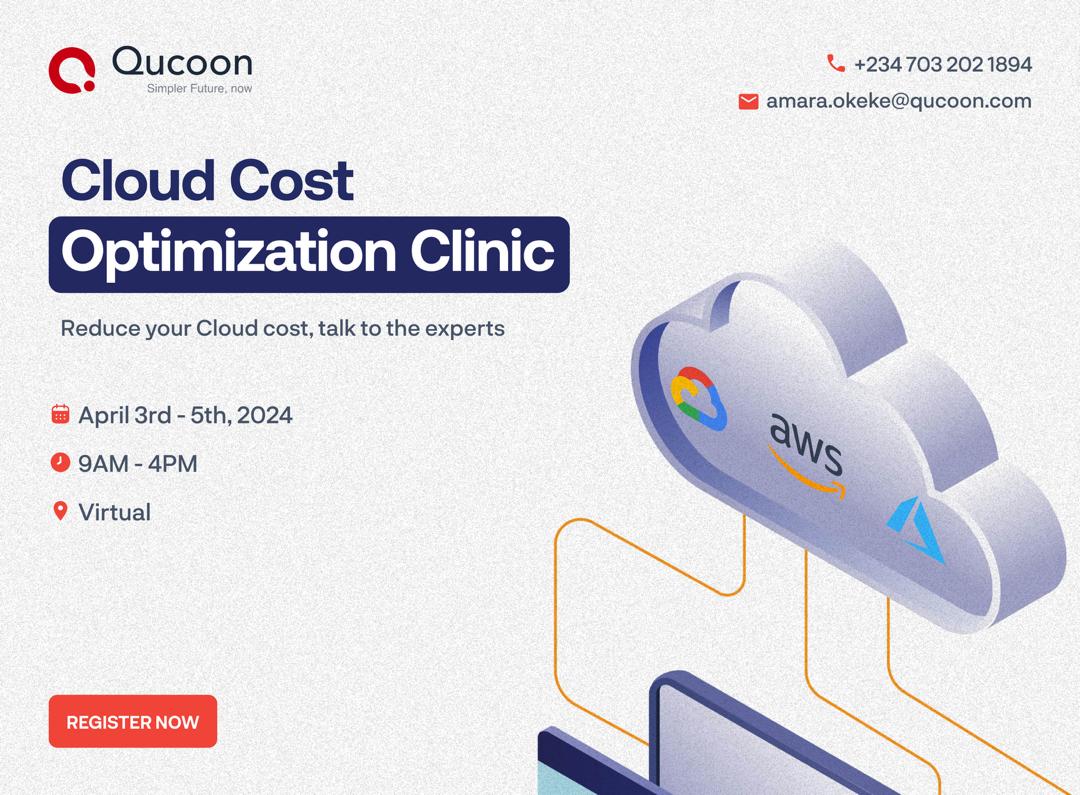Dimension Data has launched its workspaces for tomorrow strategy, in a bid to improve the productivity of employees.
Workspaces for tomorrow focuses on providing improvements across the people, environment, and technology in the workplace. It offers employees the choice of where and how they work by investing in modern collaborative office spaces and also the technology that enables employees to work in their office, elsewhere on campus or remotely.
Nadeem Ahmad, Dimension Data’s Global technology director says: “During the course of any day, people complete many different work activities. Some require high levels of concentration; others more collaboration. Workspaces for tomorrow is a workplace strategy that captures these varied work styles, and empowers individuals with the freedom to choose different types of work settings to suit their various work activities.”
Ahmad says the goal is to provide modern, collaborative environment with innovative workspaces, as well as the technology to support a flexible workstyle.
This plat form, according to Ahmad, refocuses the organization’s employees on the activities they need to do to achieve goals in a more productive, collaborative, flexible and open manner.
Mobility and cloud are the driving force around workspace of tomorrow; and have really made an impact in terms of flexibility of work arrangements and the workforce.
In terms of mobility, mobile devices are overtaking PCs. There’s also the digitization of work processes as well as the proliferation of mobile apps and these are being used to accomplish tasks and activities whilst away from the office, even within the office but away from the desk.
Dimension Data provides guidance and leadership by following a holistic approach that embraces physical spaces, culture and people, technology, and business processes. We establish partnerships with office design consulting firms or real estate-related firms, such as well-established architects and interior design companies. We lead with mobility, but we understand it’s not just about smartphones and tablets.





